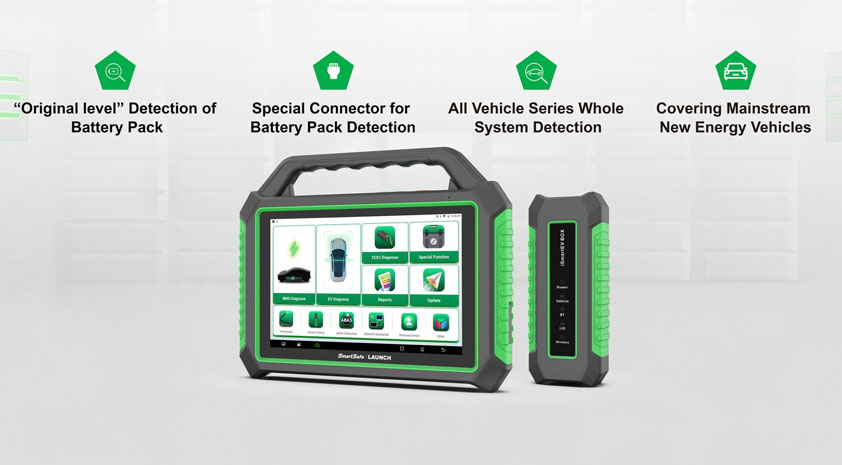Back in the late 1800s, the first electric cars were born! In the early 1900s, electric vehicles took off and became more popular than gasoline-powered vehicles. In the early 20th century, the invention of the internal combustion engine and the discovery of oil reserves led to the shift to gasoline-powered vehicles.
In recent years, due to the impact of the environment and the depletion of oil reserves, electric vehicles have once again returned to the masses. Advances in battery technology and electric motor efficiency have made electric vehicles more affordable and practical. In such an environment, governments, consumer demand and technological advancements have combined to advance the development of electric vehicles. Governments around the world have introduced various measures to encourage the production and purchase of electric vehicles. Consumers are also becoming more aware of the environmental impact of gasoline-powered vehicles and are showing an increased interest in electric vehicles. Therefore, the electric vehicle market has grown rapidly in recent years.
Availability of charging infrastructure: Charging infrastructure is increasing, but still not as widespread as gas stations. It's a headache for EV owners who need to travel long distances or don't have access to a charging station at home or work.
Charging time: While charging time has improved, it's still much longer than filling up the tank. Depending on the vehicle and charging station used, it can take anywhere from 30 minutes to several hours to fully charge an EV.
Electric vehicle diagnostics involve the use of specialized tools and techniques to identify and fix problems in electric vehicle components and systems. Here are some questions that may be involved in EV diagnostics:EV diagnostic, or Electric Vehicle diagnostic, refers to the process of using specialized tools and techniques to identify and troubleshoot issues in electric vehicles (EVs). It involves a comprehensive assessment of various EV components and systems to ensure proper functionality and address any problems that may arise. Here are some questions that may be involved in EV diagnostics:
Diagnosis of the computer system of the electric vehicle: The computer system of the electric vehicle controls various components such as the battery, the motor, and the charging system. It can also store fault codes that help identify problems. Diagnostic tools can be connected to the computer system to read these codes and identify any problems.
Diagnostics of the battery: The battery is one of the most important components in an electric vehicle. Its health affects the vehicle's performance and range. Diagnostic tools are available to check the battery's state of charge, voltage and temperature, and identify any malfunction or damage.
Diagnostics of the charging system: The charging system includes charging ports, cables, and an onboard charger. Diagnostic tools are available to check the performance of the charging system and identify any issues that may prevent the vehicle from charging properly.
Diagnostics of other components: EVs have many other components that can affect performance and safety, such as brakes, suspension, and steering. A thorough inspection of these components may be required to isolate any issues.
Overall, EV diagnostics require specialized tools and an understanding of the vehicle's unique components and systems. It is important to consult a qualified technician with experience with electric vehicles for proper diagnosis and repair.
2. Battery tester: The battery tester is specially designed to test the health of electric vehicle batteries. These tools measure the battery's state of charge, voltage and temperature and can identify any failure or damage.
5. Current clamp: A current and voltage testing tool for electric vehicle circuit systems that supports DC voltage, and DC and AC testing.
iSmartEV P01: It is a professional intelligent detection equipment for electric vehicles.

iSmartEV P03: It is a comprehensive intelligent detector for electric vehicles.
iSmartEV ET30: Battery pack air tightness tester
Return